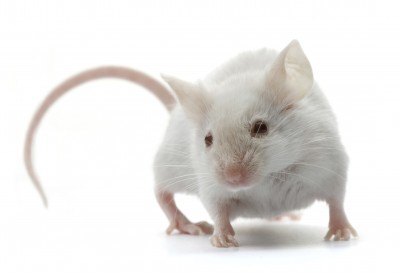
In less than two weeks since we released our latest exposé, almost 1,300 people have spoken out against disturbing experiments on rats and mice that the British Heart Foundation (BHF) had helped to fund.
The BHF has now sent a standard response to people who took action, and we would like to address some of the charity’s arguments.
1. The BHF states that the experiments have identified a potential new approach for reducing the damage caused to organs when blood flow suddenly returns after being blocked (as in the case of a heart attack or stroke).
Translating the results of these animal experiments to human patients is highly problematic. In fact, animal ‘models’ of this type of injury have been strongly criticised in the scientific literature, with one review article describing their translation to the clinic as ‘hugely disappointing.’[i]
2. The BHF emphasises the similarities between humans and other species, stating that ‘animal organs are damaged by loss of a blood supply in the same way as human organs are’.
While many species’ organs are likely to be damaged by a loss of blood supply, there are also crucial differences that undermine the usefulness of animal experiments in this area. In rodents, for instance, the blood supply to the heart needs to be blocked for only 30-40 minutes before damage becomes established, but this tends to take 90 minutes in humans.[ii]
3. The BHF argues that it only funds animal research when there are no alternatives.
Since vivisection is highly unreliable (scientific studies have concluded that it is no more useful than tossing a coin)[iii] there is no point in using it as a research method, regardless of the non-animal methods that are available. In this case, however, a non-animal method has already been developed for testing treatments designed to minimise damage caused when blood flow returns to the heart following a blockage (as the rodent experiments were intended to). This uses tissue harvested from patients undergoing heart surgery, and involves simulating the injury that would be caused by blood returning after a blockage. Unlike the rodents used in the experiments, the human heart tissue has been subjected to all the factors that put people at risk of a heart attack.[iv]
4. The BHF argues that the review study we reference (doi:10.1242/dmm.003855) ‘does not propose stopping animal research or query its overall relevance to this field of science’.
We cited this review because it was evaluating in specific terms animal ‘models’ in the area of research being undertaken in the experiments we criticised. In that regard it describes the clinical translation of results provided by these ‘models’ as ‘hugely disappointing’.[v] In this instance we did not suggest that the study was evaluating the general use of animals in heart disease research, although there is a substantial body of literature that points to the shortcomings of animal use in this wider area.
[i] Ludman A, Yellon D, Hausenloy D (2010). Cardiac preconditioning for ischaemia: lost in translation. Disease Models & Mechanisms 3, 35-38 (2010).
[ii] Ibid
[iii] Matthews R. 2008. Comment: The truth about animal research. New Scientist 197:20.
[iv] Ludman A, Yellon D, Hausenloy D (2010). Cardiac preconditioning for ischaemia: lost in translation. Disease Models & Mechanisms 3, 35-38 (2010).
[v] Ibid
